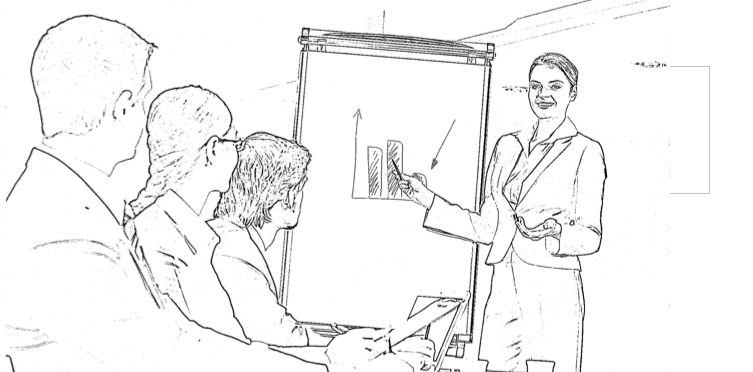
This Simple Approach Will Help Your People Learn Twice as Fast
Imagine this: a new piece of technology comes along that could dramatically increase your team’s productivity. That’s great news, but it means the people on your team need to learn…

Surprising Myths About Training Learned the Hard Way
Here’s a challenge a leader I know faced last year. Paul was head of a customer service team for a company that had recently launched a new line of products.…
